A close focus on data, selective breeding, and smart use of inputs is paying dividends on the Isle of Luing, which is home to the original herd of Luing cattle. We spoke to livestock manager Jo Marsden to find out more.
The Isle of Luing, located off the west coast of Scotland near Oban, remains home to the first herd of Luing cattle in the world.
Developed by the Cadzow family, which has farmed the six square mile island for nearly 80 years, the breed is a mix of Beef Shorthorn and Highland genetics.
Breed recognition came in 1966.
Luings were officially recognised as a breed in 1966.
The foundation herd currently stands at 320 cows farmed on Luing and the neighbouring islands of Torsa and Scarba, which together increase the area farmed by Cadzow Bros to 15sq miles
The business is very much a family affair, with Shane Cadzow working alongside his sons, Jack and Archie.
They have added diversified income streams in recent years by introducing a beef box scheme and holiday lets business, Wild Luing.
They also run a shooting and a wildlife boat trip venture for Wild Luing guests.
As well as its historic beef herd, the farm is home to a 1,200-ewe flock of commercial, nearly zero input Lleyn cross sheep, with all lambs sold as stores at the start of August.
Last year, the lambs averaged £96.78 and sold to a top of £118.
Stock manager Jo Marsden, who has been at the helm since the end of 2020, told us the aim of the cattle enterprise is to keep animals that require minimal inputs and make the most of rough grazing available on the islands.
She said: “I am continuing the work of a long line of previous herd managers who have done a fantastic job.
“And alongside senior stockman Bobby Campbell, we are working to continue building the traits they’ve been developing.
“We’re looking for longevity, cows that can perform without needing supplementary feeding, cows that are efficient converters of forage, and cows with good feet and fertility.
“We don’t trim any feet on the farm and if a cow is empty for any reason, she leaves the herd.
“Although it’s a pedigree herd, it’s run entirely commercially. Every animal has to perform to be here.”
The cattle stay outside all year round, with the exception of heifers which are brought inside for a fortnight for calving at two-years-old. Fifty replacement heifers are kept every year.
All other heifers are sold either in-calf or bulling at a large herd production sale at United Auctions in Oban every November. The sale, which has been running for six years, also includes spring-calving cows and bulls.
“We keep all heifers on the farm and put as many to the bull as possible, with the aim of getting them to a 400-day weight of 350kg (772lb),” Jo explained.
She added: “We keep our calving pattern pretty tight and aim to calve all 320 cows in six weeks.
“Anything that scans outside of this period will be sold at the production sale in November.”
This strict selection policy also extends to maternal health and how well a cow rears her calf.
‘We’ve got a bit of a calving checklist, which someone can pull up on the notes section of their phone.” Jo Marsden, stock manager
To support this, data is gathered from calving onwards.
This includes calf birth weight, cow foot and udder health, how quickly the calf got up to have a drink, the mother’s temperament and the young animal’s weight every 100 days.
Jo said: “We’ve got a bit of a calving checklist, which someone can pull up on the notes section of their phone.
“It has always included calf data, but now we’re recording a lot more data on the cows, because by the time you’re thinking of putting a cow back to the bull a lot can change.
‘Udder-ly’ good data
“For example, you might look at a cow and think her udder looks fine.
“But if she had blown teats at the point of calving that will be recorded, and she won’t go back to the bull. We don’t want to be assisting a calf to suckle out on the hill here.”
Bulls are selected based on a combination of estimated breeding values and physical characteristics, with a focus on easy calving and a smaller birth weight.
The herd currently averages 42kg (92.5lb) but Jo hopes to reduce this to 40kg (88lb) in future.
This strict selection policy is paying dividends.
Data shows that of the 299 adult cows scanned in September 2024, 15 were twin-bearing and 16 were empty – delivering a 95% conception rate and total scanning percentage of 99.6%.
Of the 110 yearling heifers put to the bull, 106 were scanned in-calf.
And of the 389 in-calf females, 294 are due in the first cycle. Another 59 are due in the second cycle, with 27 expected in the third.
Jo added: “With sale stock taken out of the equation, this gives us 318 to calf in 42 days, starting from February 17.”
Grass is mainstay of herd’s diet
Most of the land on Luing is rough hill-type grazing.
Grass forms the mainstay of the herd’s diet, with one cut of silage taken in the middle of June.
Cattle are kept in different family groups and once the bull has come out in July they are split into two big grazing mobs .
One of these has 150 cows and their heifer calves at foot, and the other 150 cows and their steer and bull calves at foot.
“They’re known as the north mob and south mob,” Jo said.
She continued: “We move them from hill to hill weekly until the middle of December, when they go back to the hill of their family group ahead of calving.”
Although the herd is run as a low input enterprise, a small amount of hard feed is given to the calves once they are weaned.
Jo continued: “They are split into three groups based on their weight – heavy, medium, or small – and fed accordingly.
Cows’ feed requirements reduce as Jo gets them ready ‘to go to the bull’
“It varies from 2-4kg (4.4-8.8lb) a day, depending on the weight range of the group.
“For example, the heavy group averages 320kg (705.5lb) and by the beginning of April they need to weigh 350kg (772lb) to go to the bull.
“So they only need about 2-2.5kg (4.4-5.5lb) a day feed, as I don’t need them to put weight on like some of the 300kg (661lb) ones.”
The feed is sourced from Carr’s Billington, an arrangement which started two years ago.
“We’ve seen a marked difference in cattle performance since introducing the feed and switching from an 18% protein feed to a 16% one, based on recommendations from Steven Handley at Carr’s,” Jo said.
The protein level of the feed was reduced, because work to increase the quality of silage on the farm resulted in excess dietary protein being excreted. This meant the 18% blend wasn’t being fully utilised.
Jo explained: “Dropping the protein also seems to help us with the development of the heifer frames without forcing them on too fast.
“We seem to build their frame between weaning at 250 days and bulling at 400 days old.
“They then go to the bull and their carcass fills out nicely off grass between 400 and 550 days.
“By the time we hit the sale in November we have nicely fleshed heifers who are fit to go off and perform anywhere, without any worries from us that they are going to drop condition when they arrive at their new farms.”
Going forward, Jo plans to maintain high performance levels in the herd and ensure it continues to thrive on the hills of Luing.
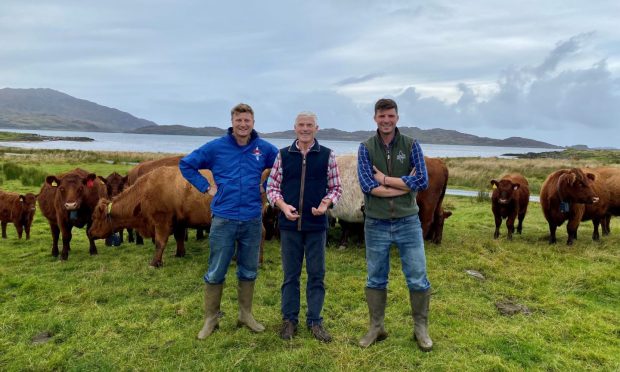
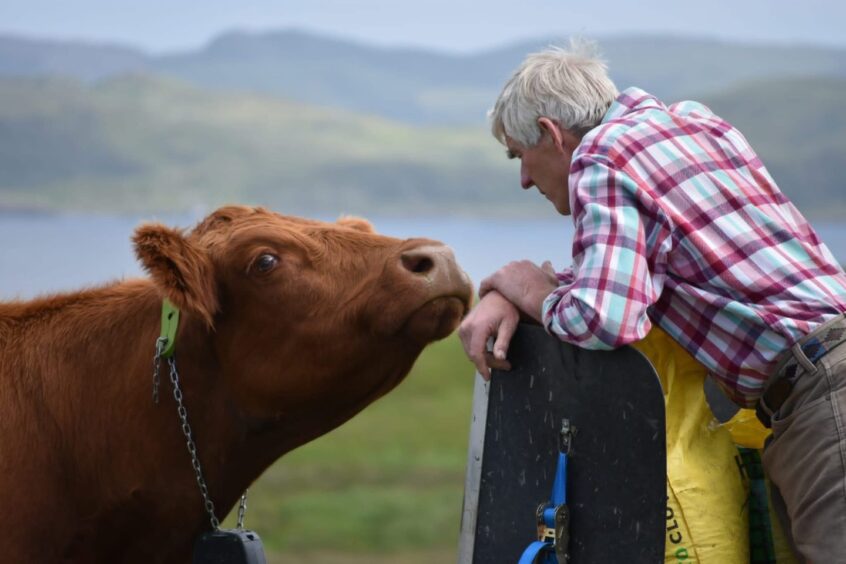
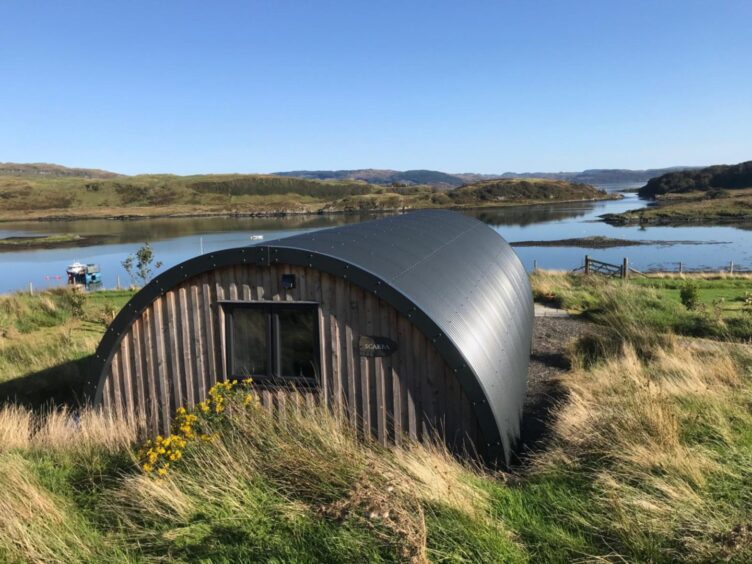
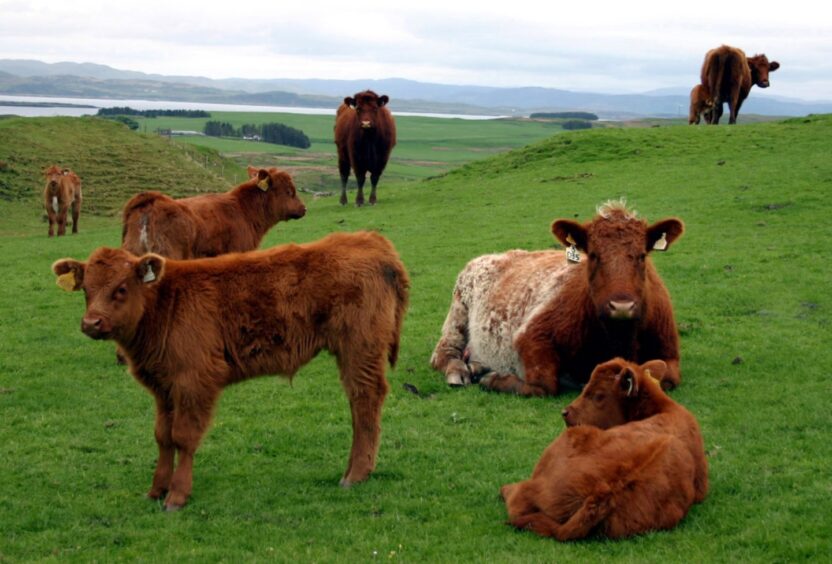
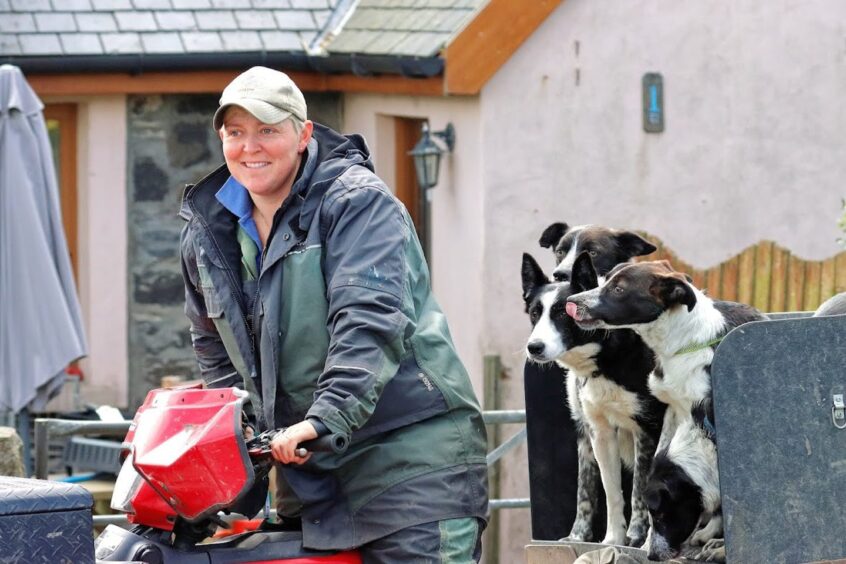
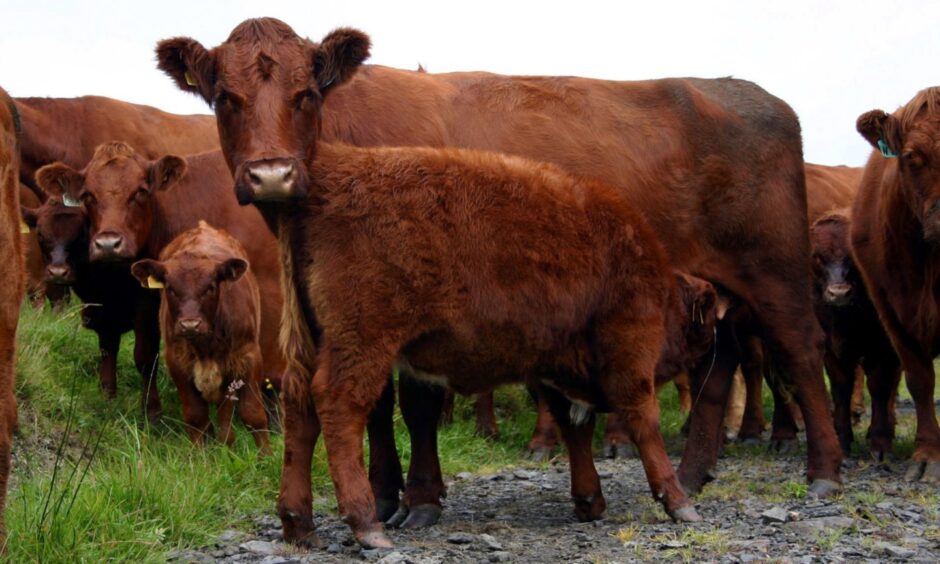
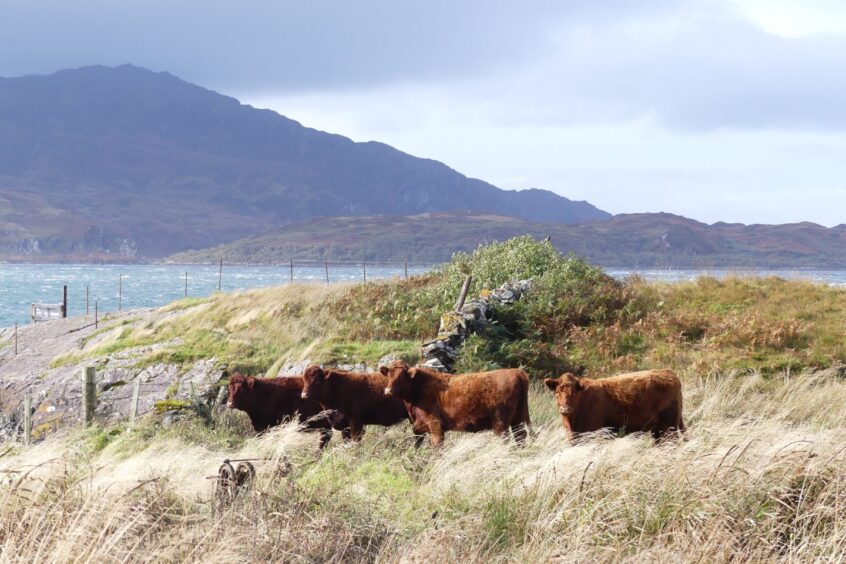
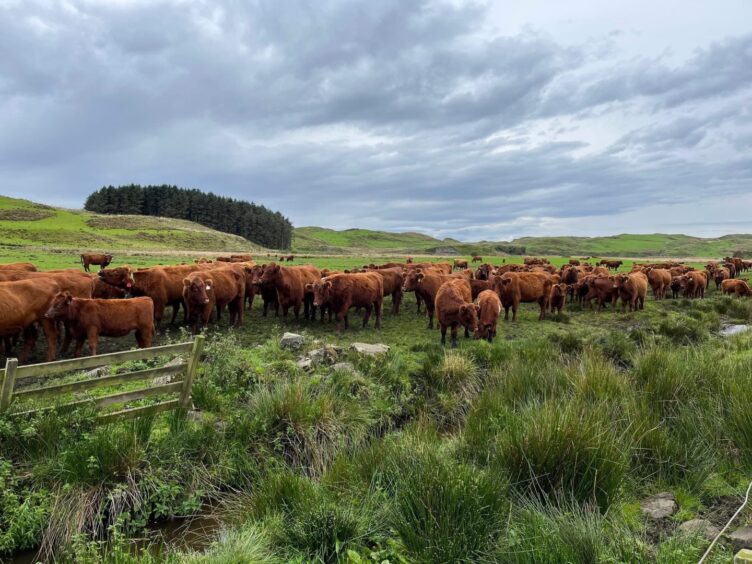
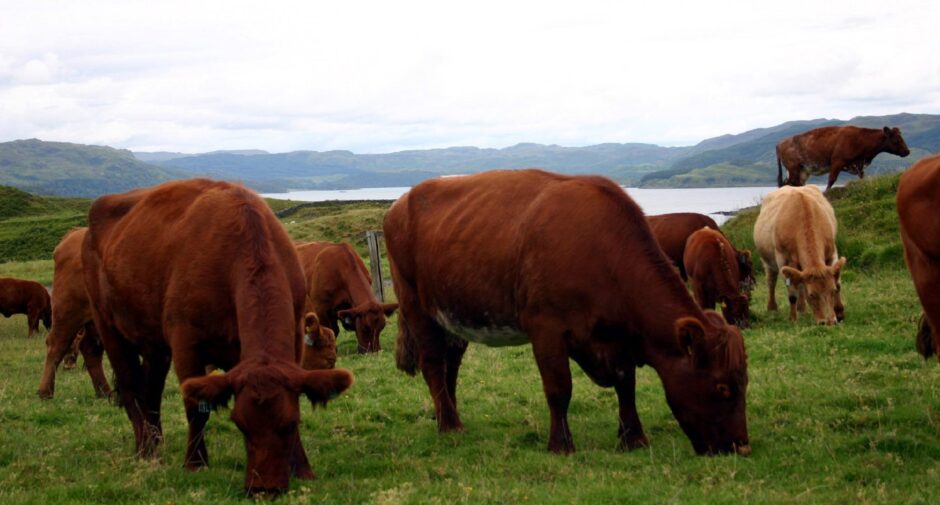

Conversation